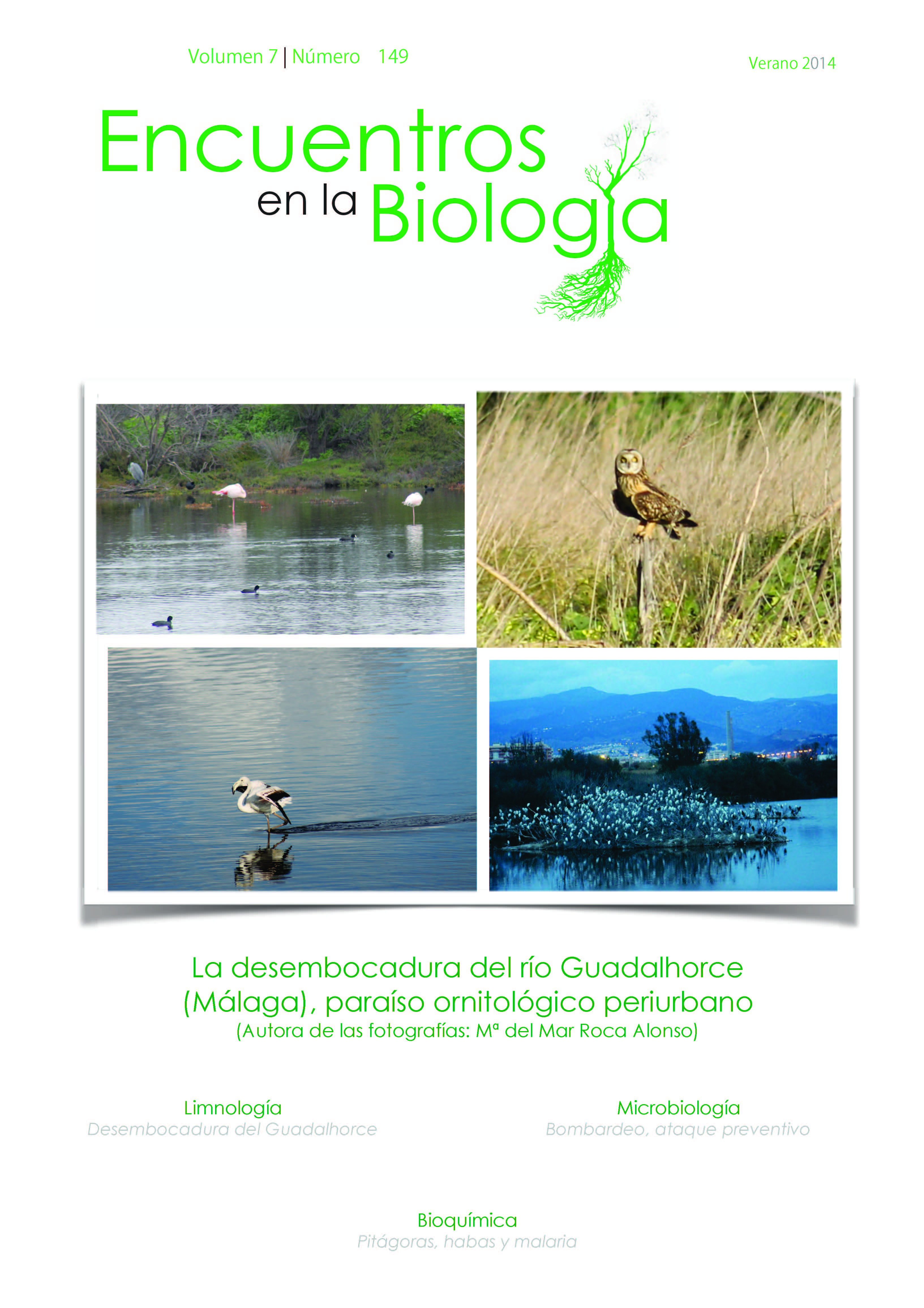Frederick Sanger: the man who turned genes into sequences
Keywords:
Federeick Sanger, RNA, DNAAbstract
Frederick Sanger, the inventor of the techniques which enable to transform biological molecules (proteins, RNA and DNA) into sequences of information bearing their basic chemical structure, died last 19th November at the age of 95. Sanger left this world as he lived in it: silently and avoiding the public eye. However, his contribu- tions are still essential in the age of genomic research and personalized medicine.
Downloads
Metrics
Publication Facts
Reviewer profiles N/A
Author statements
Indexed in
-
—
- Academic society
- N/A
- Publisher
- Uma Editorial. Universidad de Málaga
References
Sobre Hopkins, Cambridge y la historia de la bioquímica ver a) http://www.bioc.cam.ac.uk/about/his- tory; b) Kamminga H. y Weatheral M.W. (1996) “The making of a biochemist. I: Frederick Gowland Hopkins' construction of dynamic biochemistry”, Medical History, 40(3): 269-92; c) Martínez del Pozo
A. (2009) El nacimiento de la química de proteínas: de la ovalbúmina a la estructura de la hemoglo- bina, 1800-1960 (Editorial Nívola).
Sobre el descubrimiento de la doble hélice de ADN y el Laboratorio de Biología Molecular de Cam- bridge ver a) http://www.nobelprize.org/educational/medicine/d na_double_helix/readmore.html y http://www2.mrc-lmb.cam.ac.uk/about- lmb/history-of-the-lmb/; b) Olby R. (1991) El camino hacia la doble hélice (Alianza Editorial); c) Valpuesta J.M. (2008) A la búsqueda del secreto de la vida: una breve historia de la biología molecular (Editorial Hélice).
Sobre las técnicas de secuenciación de Sanger y su automatización (incluyendo vídeos y gráficos explicativos) ver a) http://www.institutoroche.es/Biotecnologia_editori al/V44.html; b) García-Sancho
M. (2010) “A new insight into Sanger’s development of sequencing: from proteins to DNA, 1943-1977”, Journal of the History of Biology, 43(2): 265-323.
Sobre el Instituto Sanger y el Proyecto Genoma Humano ver a) http://www.sanger.ac.uk/about/histo- ry/; b) Cook- Deegan R. (1994) The Gene Wars: Science, Politics and the Human Genome (Norton).
Ver a) Sanger F. (1988) “Sequences, sequences and sequences”, Annual Review of Biochemistry, 57: 1-29; b) García-Sancho M. (2012) Biology, Computing and the History of Molecular Sequencing: From Proteins to DNA, 1945-2000 (Palgrave Macmillan). Sobre el New Generation Sequencing ver http://core- genomics.blogspot.co.uk/2013/11/sanger-seq-is- dead-if-you-only-read- one.htmlFlavonoid- Wikipedia (https://en.wikipedia.org/wiki/Flavonoid)
Downloads
Published
How to Cite
Issue
Section
License
Esta obra está bajo licencia internacional Creative Commons Reconocimiento-NoComercial-CompartirIgual 4.0.
Esta revista provee acceso libre inmediato a su contenido bajo el principio de hacer disponible gratuitamente la investigación al público. Todos los contenidos publicados en Encuentros en la Bilogía están sujetos a la licencia Creative Commons Reconocimento-NoComercia-Compartirigual 4.0 cuyo texto completo puede consultar en <http://creativecommons.org/licenses/by-nc-sa/4.0>
Se pueden copiar, usar, difundir, transmitir y exponer públicamente, siempre que:
Se cite la autoría y la fuente original de su publicación (revista, editorial y URL de la obra).
No se usen para fines comerciales.
Se mencione la existencia y especificaciones de esta licencia de uso
Los derechos de autor son de dos clases: morales y patrimoniales. Los derechos morales son prerrogativas perpetuas, irrenunciables, intransferibles, inalienables, inembargables e imprescriptibles. De acuerdo con la legislación de derechos de autor, Encuentros en la Biología reconoce y respeta el derecho moral de los autores/as, así como la titularidad del derecho patrimonial, el cual será cedido a la Universidad de Málaga para su difusión en acceso abierto. Los derechos patrimoniales, se refieren a los beneficios que se obtienen por el uso o divulgación de las obras. Encuentros en la Biología se publica en open access y queda autorizada en exclusiva para realizar o autorizar por cualquier medio el uso, distribución, divulgación, reproducción, adaptación, traducción o transformación de la obra.
Es responsabilidad de los autores/as obtener los permisos necesarios de las imágenes que están sujetas a derechos de autor.
Los autores/as cuyas contribuciones sean aceptadas para su publicación en esta revista conservarán el derecho no exclusivo de utilizar sus contribuciones con fines académicos, de investigación y educativos, incluyendo el auto-archivo o depósito en repositorios de acceso abierto de cualquier tipo.
La edición electrónica de esta revista esta editada por la Editorial de la Universidad de Málaga (UmaEditorial), siendo necesario citar la procedencia en cualquier reproducción parcial o total.


